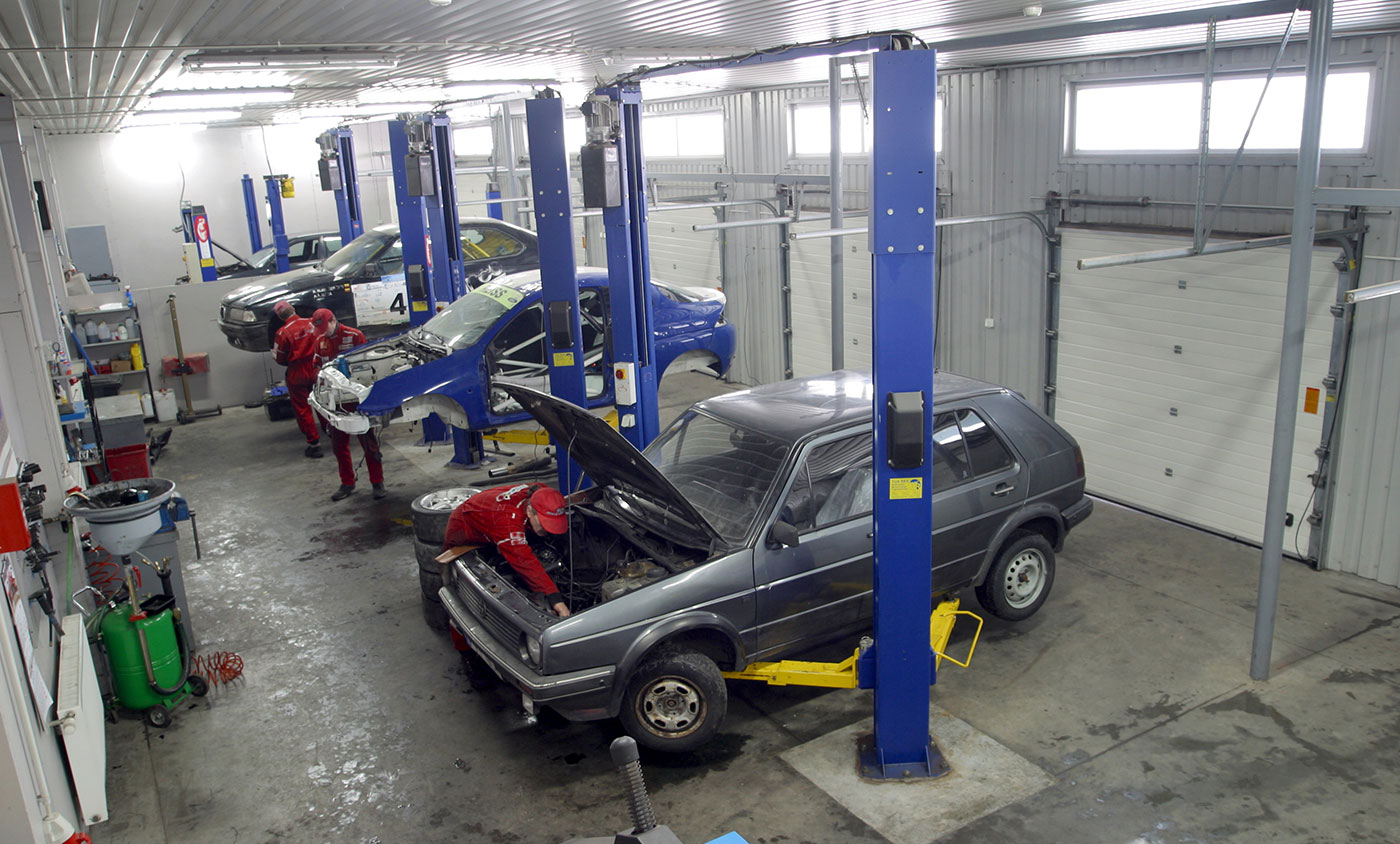This blog aims to guide HVAC professionals which unit heater model is appropriate for a given application.
To recommend a heating solution to your customer that will deliver the result(s) desired, knowing the application is of utmost importance. Heating solution for a space being used as a warehouse (people walking) would be very different than space being used as an office (people sitting) or a church (noise levels from moving parts in the heating equipment).
Factors to consider when selecting a heating solution for an application
The above info helps determine whether blower unit heater is recommended or propeller, whether gas-fired unit heaters would be ideal or hydronic (steam/hot-water) or electric or infrared heaters, how many heaters, any accessories required for optimal and uniform heat flow/circulation in the space.
Different types of gas-fired unit heaters available
Some applications where blower unit heaters are recommended are




